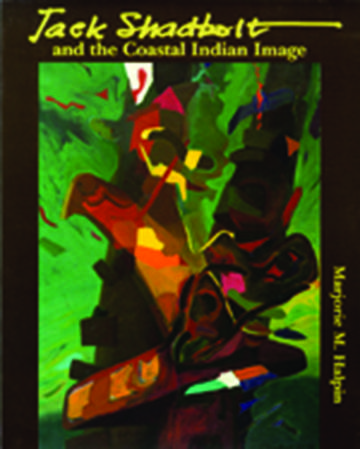About BC Books Online
BC Books Online was created for anyone interested in BC-published books, and with librarians especially in mind. We'd like to make it easy for library staff to learn about books from BC publishers - both new releases and backlist titles - so you can inform your patrons and keep your collections up to date.
Our site features print books and ebooks - both new releases and backlist titles - all of which are available to order through regular trade channels. Browse our subject categories to find books of interest or create and export lists by category to cross-reference with your library's current collection.
A quick tip: When reviewing the "Browse by Category" listings, please note that these are based on standardized BISAC Subject Codes supplied by the books' publishers. You will find additional selections, grouped by theme or region, in our "BC Reading Lists."
Jack Shadbolt was inspired in his formative years by his contact with Emily Carr and with her brooding works portraying the remnants of Indian villages against the overwhelming wilderness. He made sketches of Indian artefacts and the Cowichan Reserve in the 1930s, but it was only after World War II that elements of Indian art began to show up in his style. Marjorie Halpin finds in the changes in the way Indian forms occur in Shadbolt's paintings an appropriate expression of the changing attitudes of British Columbians to Native society and the political will the Native people now manifest. The place of Indian motifs in Shadbolt's painting can be broadly correlated with the cultural quickening of Indian society in recent years. They reveal his emotional sympathy with Kwagiutl, Haida, and Tlingit forms and his deep response to the Indians' spiritual and historic presence in the British Columbia environment.
Marjorie M. Halpin is an associate professor of anthropology at the University of British Columbia.
Rich with well-chosen reproductions of Indian artefacts, old photographs, and especially Shadbolt's drawings and paintings.



